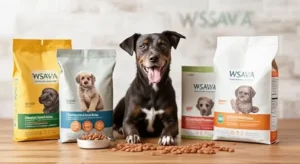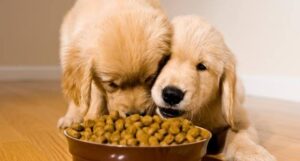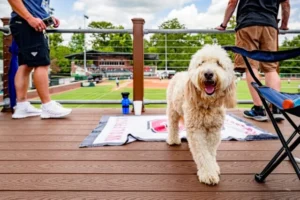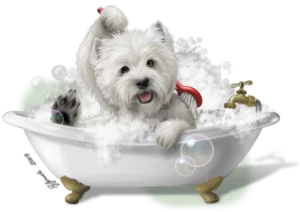Why Does My Dog Drool So Much In The Car ?
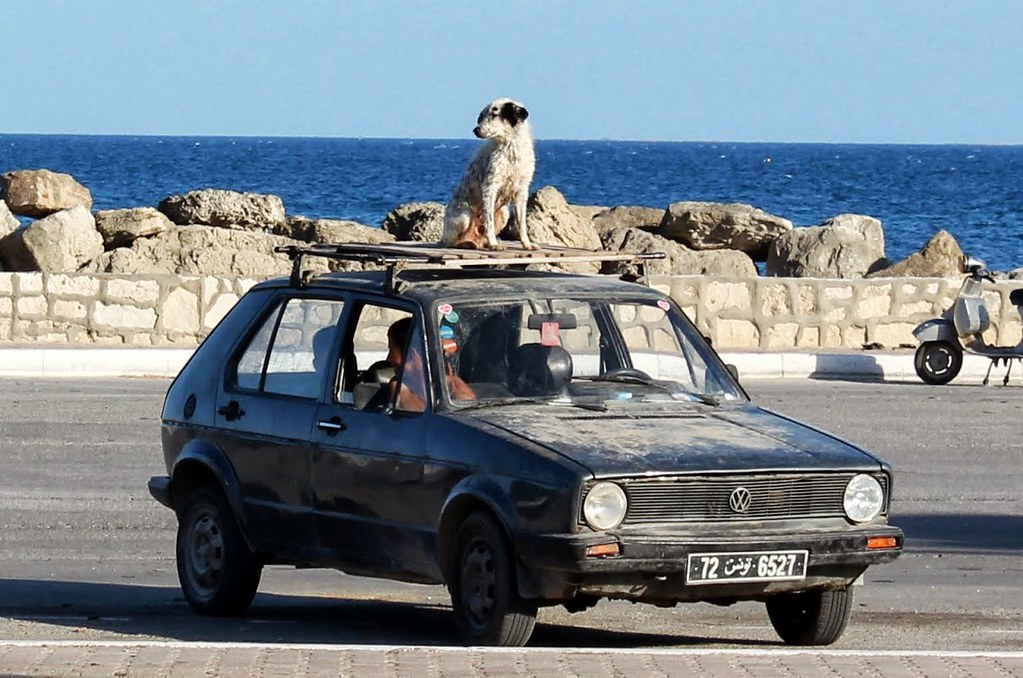
Why Does My Dog Drool So Much In The Car :- Dogs, our cherished companions, often embark on car journeys with us, seamlessly blending into our family adventures. Yet, some of our furry friends experience a common discomfort: excessive drooling during these rides. But fear not, for there are strategies to curb this issue and ensure a smoother journey for both pet and owner.
Motion sickness, akin to humans, can afflict our canine pals, resulting in a cascade of nausea-induced drooling. Similarly, anxiety can trigger a deluge of saliva, especially in dogs unaccustomed to car travel, overwhelmed by the unfamiliar sights and sounds of the road.
Thankfully, proactive steps can be taken to alleviate this discomfort. Employing a reliable dog safety harness ensures our pets remain snug and secure throughout the journey, easing their unease. Maintaining a serene and temperate car environment further soothes anxious canines, shielding them from disruptive noises and oppressive heat. And let’s not forget the importance of pre-travel routines; a brisk walk and a timely meal can work wonders in staving off motion sickness.
By implementing these measures, we can transform our car rides from drool-inducing ordeals to serene adventures, fostering a deeper bond between human and canine travel companions.
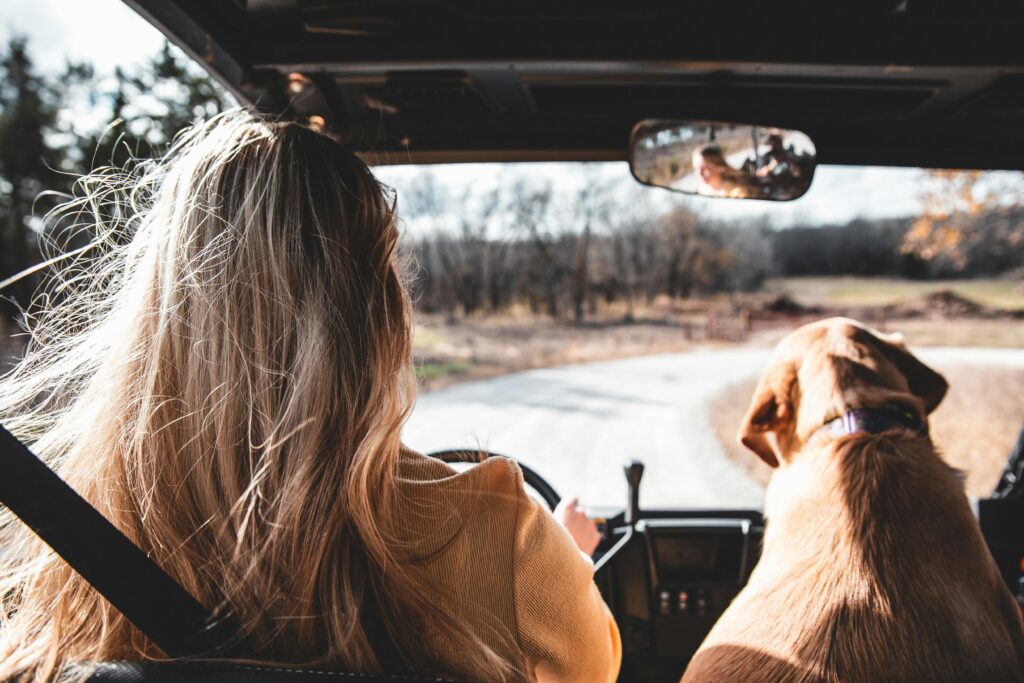
Why Does My Dog Drool So Much In The Car Is it normal for dogs to drool?
While occasional drooling is par for the course in a dog’s world, excessive or unusual drooling could signify underlying issues that warrant veterinary attention. Dogs might salivate excessively upon catching a whiff of tantalizing food or encountering intriguing scents, and certain breeds are predisposed to being more slobbery than others. However, when drooling becomes incessant, accompanied by other concerning symptoms, it’s crucial to err on the side of caution and seek professional guidance from a veterinarian.
Various factors, such as dental ailments, ingestion of toxic substances, or even heat-related illnesses like heat stroke, can trigger abnormal drooling. When in doubt, consulting with a vet can provide clarity and peace of mind. Remember, what constitutes “excessive” drooling varies from one dog to another; only you, as their guardian, can discern deviations from their normal behavior. Trust your instincts and prioritize your furry friend’s well-being by seeking prompt veterinary attention when in doubt.
Why Drooling in the Car Occurs in Dogs
Motion and Car Sickness:
Unexpectedly, motion or car sickness can trigger excessive drooling in dogs. You may observe your furry friend licking their lips excessively while drooling, possibly accompanied by whining, reluctance to move, or even vomiting. Stress can exacerbate this condition, particularly if your dog associates car rides with unpleasant experiences like vet visits. Fortunately, there are medications available to alleviate motion sickness symptoms and make car rides more pleasant for your pet.
Mouth Disease or Tooth Decay:
Although drooling is typically beneficial for dental health, excessive drooling can signal underlying issues such as gingivitis or periodontal disease. Inflamed and sore gums, along with loose or fractured teeth, may indicate these conditions. Additionally, chipped teeth or mouth injuries can manifest as excessive drooling and should be promptly addressed.
Heat Stroke:
Even with the air conditioning on, dogs wearing their furry coats year-round can struggle to regulate their body temperature, especially brachycephalic breeds. Excessive drooling could be a sign of heat stroke, particularly on scorching summer days. Ensure your pet stays cool and hydrated to prevent this potentially life-threatening condition.
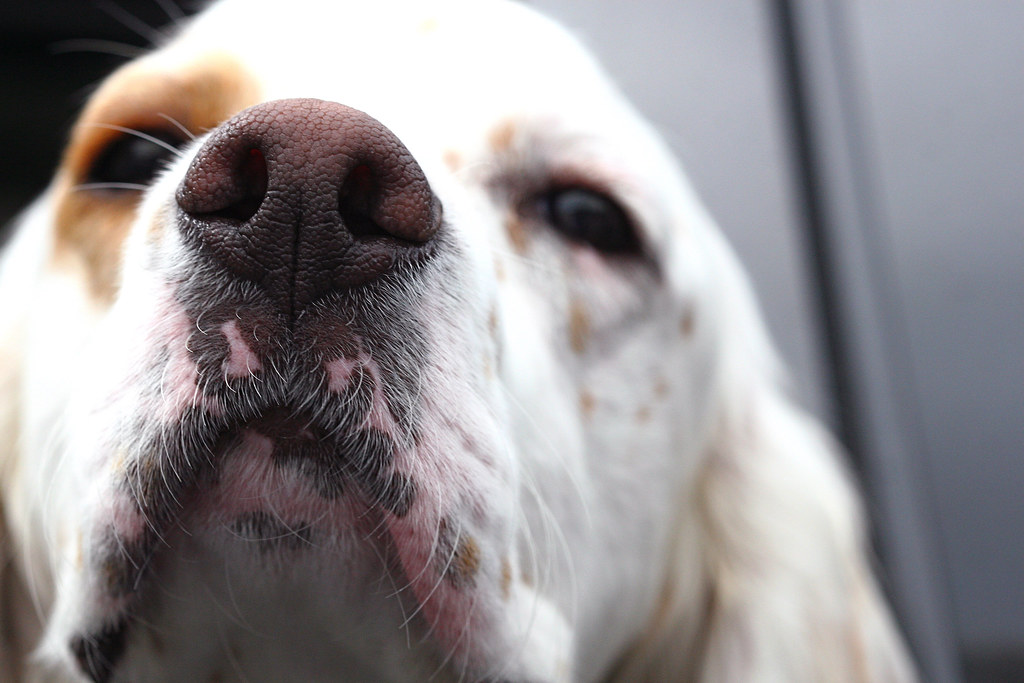
Excitement and Anxiety:
Intense emotions, whether excitement or anxiety, can cause dogs to drool excessively during car rides. Negative associations with vet visits or overwhelming joy about a car trip can both lead to heightened salivation. Your vet can offer guidance on managing your dog’s emotions and may recommend mild medications or behavioral conditioning to mitigate excessive drooling.
Other Possible Causes:
Before exploring other potential causes, rule out rabies if your dog exhibits foaming at the mouth, accompanied by behavioral changes and excessive thirst. Foreign objects lodged in the mouth or throat, medication side effects, allergies, poisoning, or congenital defects may also contribute to excessive drooling. Certain breeds, like Bulldogs, may be predisposed to drooling due to anatomical factors, necessitating tailored management strategies.
How do I help my dog stop drooling?
The approach to aiding a drooling dog hinges on the underlying cause. If uncertainty looms over the root issue, it’s prudent to seek veterinary guidance for tailored advice. While the cause may not necessarily be alarming, erring on the side of caution is paramount.
For stress-induced drooling, prioritize your dog’s comfort to mitigate anxiety. Whether it’s fireworks or social interactions triggering distress, proactive measures can ease their unease. Research pre-emptive strategies for managing stressors and consult with a vet if anxiety persists.
In cases of motion sickness-induced drooling, consider minimizing car journeys with your furry friend or consult your vet for potential remedies to alleviate discomfort. By addressing the root cause, you can enhance your dog’s well-being and ensure their happiness on future excursions.
Why Does My Dog Drool So Much In The Car Dog Breeds and Drooling
Certain dog breeds possess anatomical features that predispose them to drooling more than others. Breeds characterized by loose lips, known as flews, are particularly prone to slobbering. Notable examples include Bloodhounds, Saint Bernards, and Mastiffs, whose ample skin around the mouth impedes closure, leading to increased drooling.
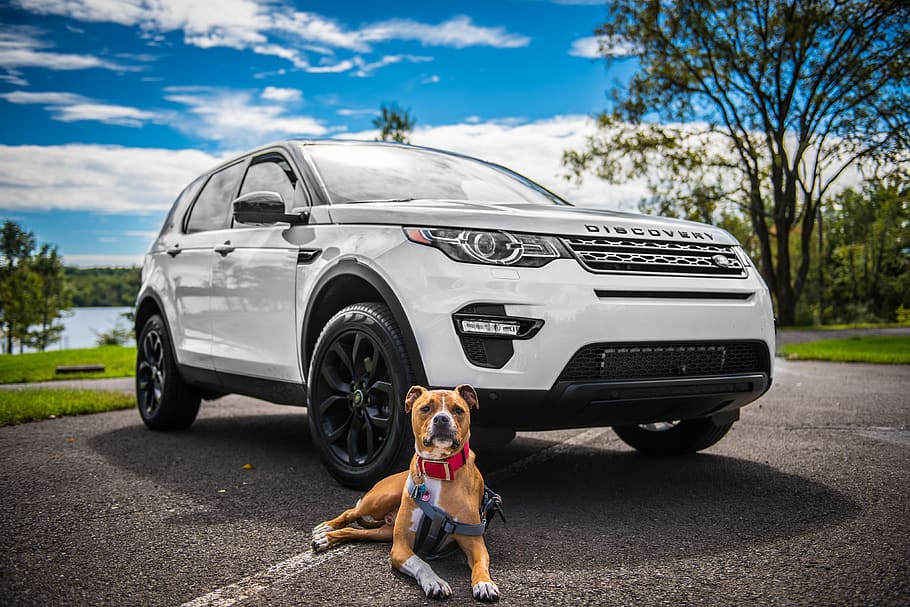
Similarly, breeds with shorter snouts, like Pugs and Bulldogs, often struggle to swallow saliva efficiently, contributing to heightened drool production. Understanding these breed-specific characteristics can help pet owners manage and accommodate their furry companions’ drooling tendencies effectively.

